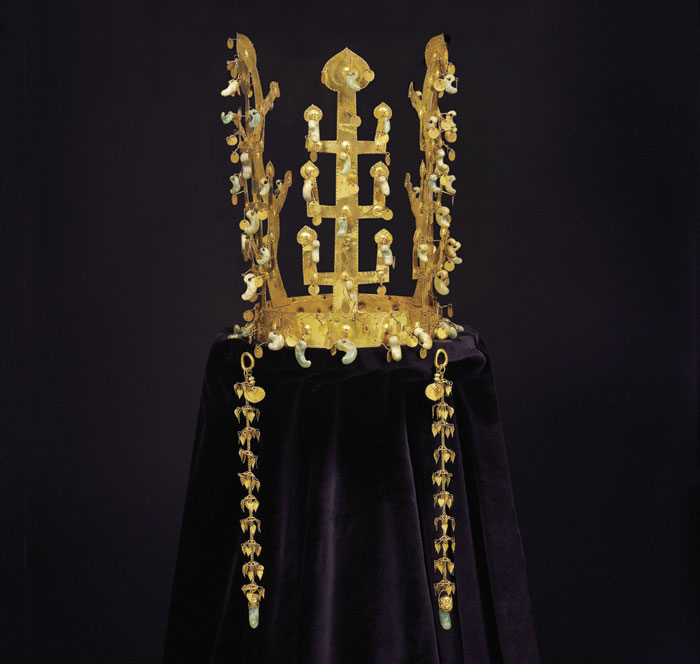
A golden crown from the Geumgwanchong Tomb is praised for its aesthetic beauty.
Decorations of three branches and two sets of deer antlers enhance the beauty of a Silla golden crown unearthed at the Geumgwanchong Tomb.
A subtle smile, the delicate drape of cloth, and the natural and balanced human body of the Gilt-bronze Maitreya in Meditation appeals to everyone.
These are some of the well-known works of art from Silla times (57 B.C.-A.D. 935).
The Gyeongju National Museum is now offering people a precious opportunity to view first-hand Silla’s artifacts and heritage items made out of gold and other materials at the special “Arts of Silla” exhibit that will run from July 21 to Nov. 1.
This is the first special exhibit of its kind in Korea, taking a look at the culture of Silla as a whole. It is designed to mark the Metropolitan Museum of Art in New York’s 2013 exhibit “Silla, Korea's Golden Kingdom,” which received favorable responses from its 200,000 some odd visitors. This exhibit is part of events to celebrate the 70th anniversary of the Gyeongju National Museum and the upcoming Silk Road Cultural Festival in Gyeongju 2015 which will take place from Aug. 21 to Oct. 18.
The exhibit is composed of five parts: the art of goldsmithing, royal tombs, overseas exchanges, royal palaces and Buddhism. Approximately 600 works of art will be on display, all of them discovered and restored through research and investigative efforts.
In the first part, visitors can appreciate the goldsmithing abilities of Silla artists, with various gold accessories on display, such as the gold crown from the Geumgwanchong Tomb, gold earrings and gold necklaces. People can witness the highly-developed gold and jewel craftsmanship of Silla artisans and see first-hand the artistic value of the displayed works of art.
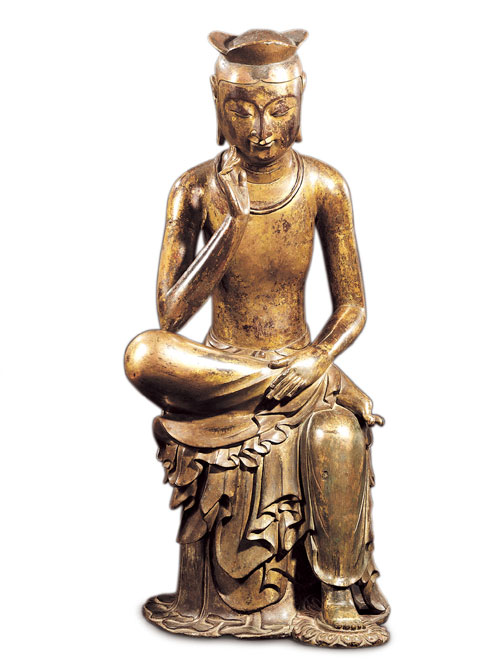
The Gilt-bronze Maitreya in Meditation was made during Silla times.
In the second part of the exhibit, visitors can appreciate various relics found in the Silla royal tombs unearthed in Gyeongju, such as the Geumgwanchong, the Cheonmachong and the Hwangnamdaechong tombs. They can also learn more about Silla’s international trade activities that stretched not only to China’s Tang Dynasty (618-907), but also into Central Asia and India. Such influences can be seen in the phoenix-shaped glass bottle found in the Hwangnamdaechong Tomb, and the gold dagger and scabbard found in the Gyerim-ro Tomb.
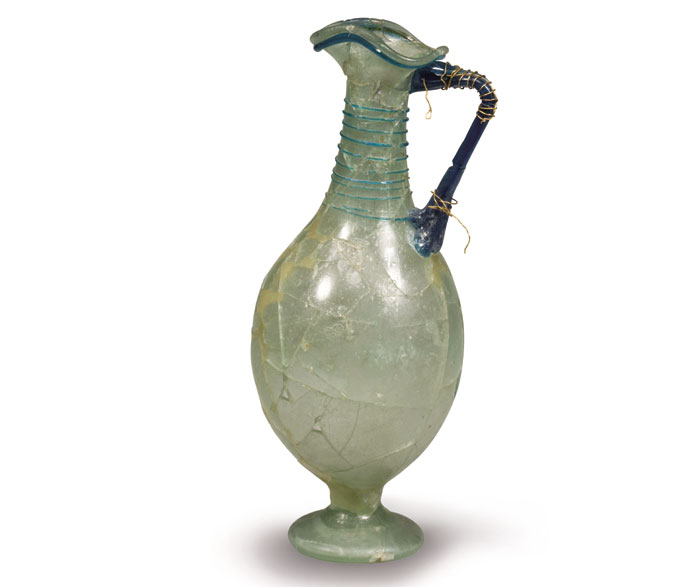
A phoenix-shaped glass bottle found in the Hwangnamdaechong Tomb has a very similar shape to ancient Greek oinochoe wine pitchers. This is evidence of Silla’s active involvement in international trade.
The exhibit also shows relics found on the sites of royal Silla palaces, such as dragon-shaped roof tiles, and craftworks discovered at the site of Hwangryongsa Temple. Various Buddhist relics, such as the Gilt-bronze Maitreya in Meditation will be on display, too, giving visitors a chance to appreciate the well-developed religious Buddhist art that flourished during Silla times.
In fact, the Gilt-bronze Maitreya in Meditation is one of the most famous items in the exhibit, and it can only be seen in Gyeongju for the first two weeks of the exhibit, from July 21 to Aug. 2. Other interesting relics include the warrior-shaped stone sculpture that will be open to the public for the first time.
More information about the museum is available at the museum’s homepage (http://gyeongju.museum.go.kr) in four languages: Korean, English, simplified Chinese and Japanese.
By Yoon Sojung
Korea.net Staff Writer
Photos: Gyeongju National Museum
arete@korea.kr
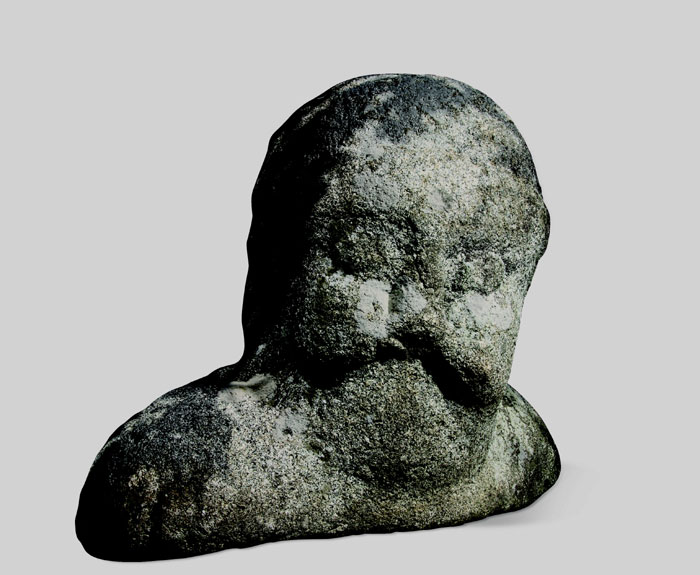
A warrior-shaped stone sculpture was found in the Gwaereung Tomb in Gyeongju. It is believed to show the face of a person of Arabian origins, as it may show a man with deep double-eyelids and a Caucasian nose.
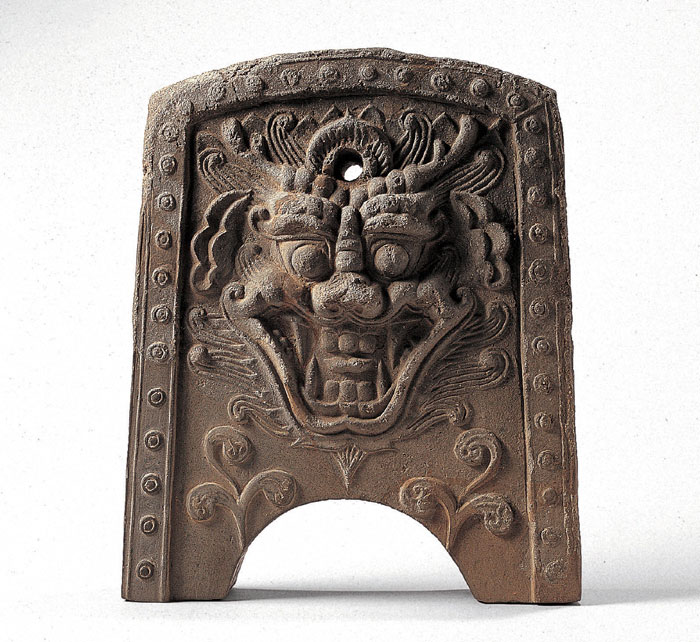
A roof tile with a dragon face was found at the site of Hwangryongsa Temple.
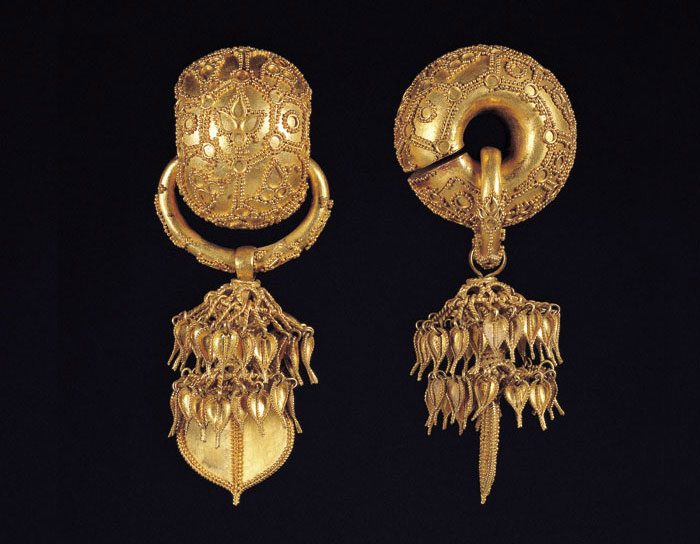
Gold Silla earrings are on display at the museum.
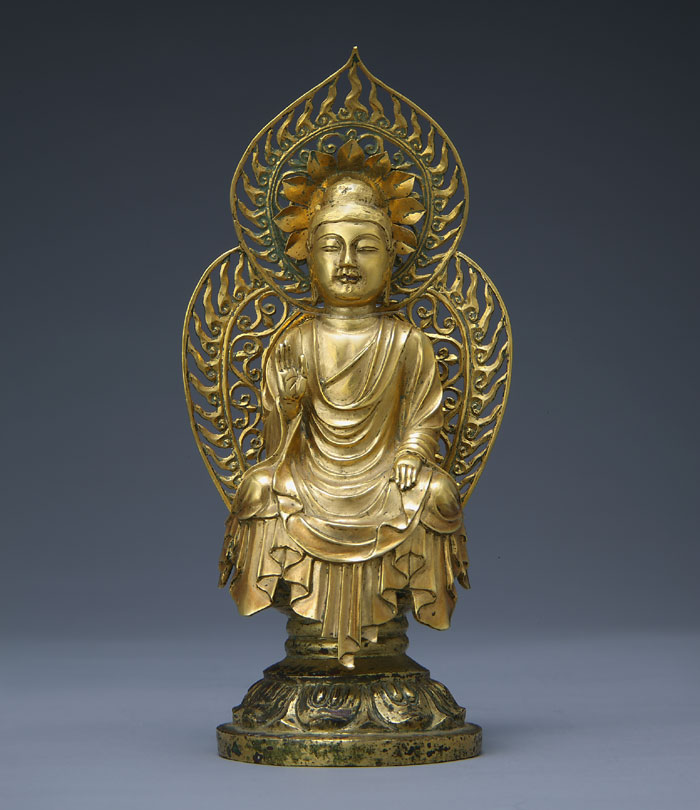
A seated gold Amitabha Buddha is from the pagoda at the site of Hwangboksa Temple.

A gold dagger and scabbard were discovered at the Gyerim-ro Tomb, decorated with various jewels. These works show a style that was popular in ancient Greece, Rome, Egypt and across Western Asia.
Most popular
- Korea.net welcomes 2025 K-influencers, Honorary Reporters
- 2025 Honorary Reporter class pledges to spread 'real Korea' worldwide
- Slew of festivals, events scheduled in downtown Seoul in May
- US urged to exempt tariffs on Korea in first '2+2' trade talks
- Korean culture festival in Cuba marks 1st year of bilateral ties
